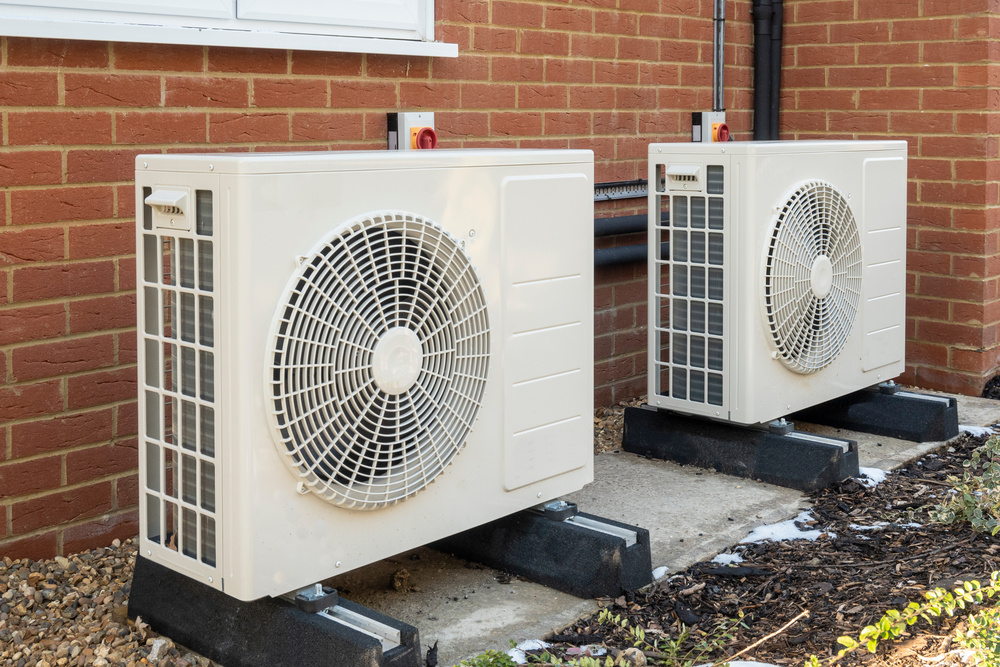Heat pumps represent a way to heat and cool a home without having to rely on external heat generation. They are a good choice for homeowners in certain parts of the country. In other parts of the country, not so much. And of course, heat pumps also come with their own maintenance and repair needs.
Maintenance and repair should be considered when investing in a heating and cooling system. If it makes sense, a heat pump can do a fantastic job keeping a home comfortable.
How a Heat Pump Works
The science behind the heat pump is pretty simple. Rather than relying on an external source to generate heat or cool air, a heat pump extracts heat from an existing source. Some heat pumps extract heat from exterior air. Others pull heat from the ground. Regardless of where the heat is extracted from, it is carried into the home and distributed throughout.
A heat pump can be used in the reverse direction to cool a home as well. It extracts heat from indoor air before carrying it outside where it is dispersed.
Common Maintenance and Repair Issues
Heat pumps can be more efficient than other forms of heating and cooling under the right conditions. But systems still need to be maintained. Occasionally, they also need repairs. Samedayutah.com, a northern Utah HVAC contractor based in Salt Lake City, says that the most common maintenance and repair issues are as follows:
1. Refrigerant Leaks
A heat pump relies on a refrigerant to extract heat. A system that develops a refrigerant leak will not work as efficiently. It won’t work at all once all the refrigerant has escaped. SameDay explains that this is one of the main causes of call-outs on heat pumps. Fortunately, preparing refrigerant leaks is almost always a pretty simple job.
2. Coil Icing
Heat pumps utilize both interior and exterior coils. Exterior units are subject to ice buildup, especially under extreme temperatures. Any such buildup can inhibit airflow. What causes coil icing? It could be faulty sensors or controls, low refrigerant, or problems with the unit’s defrost cycle. Note that some coil problems are easier to repair than others.
3. Faulty Reverse Valves
A heat pump transitions between heating and cooling modes by way of a valve switch. The switch essentially reverses the flow of refrigerant through the system. If it malfunctions or gets stuck, the unit will do the opposite of what it is supposed to do. That could mean bringing hot air in during the summer or taking it out during the winter.
4. Thermostat Malfunctions
Heat pumps utilize thermostats just like any other HVAC system. A malfunctioning thermostat leads to inconsistent or completely nonfunctional heating and cooling. While thermostats can technically be repaired, replacing a faulty unit is usually more cost effective.
5. Short Cycling
Like other HVAC systems, heat pumps should operate on a fairly consistent cycle. Note that cycle length is influenced by time of day and season. Cycling on and off more frequently than normal is known as short cycling. It can be caused by several different things.
Hand-in-hand with short cycling is constant running. A heat pump should never run constantly except in rare temperature extremes. Constant running is a sign of trouble requiring professional service.
Heat pumps make sense under certain circumstances. But homeowners should never make the mistake of thinking heat pump systems require less maintenance and fewer repairs. They are comparable to other HVAC systems in that regard. They do need to be maintained and they do break down from time to time.

